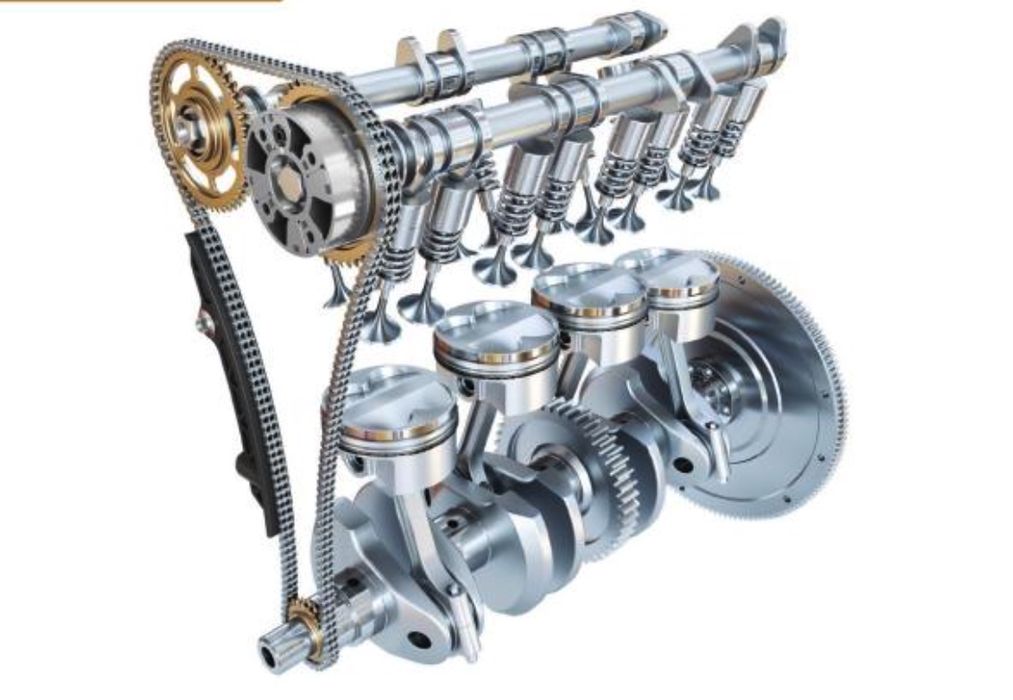
This week’s selection is “FreeCAD 0.20 Learn by doing: Sketcher, Part Design, Assemblies, Technical Drawings” by T Kishore.
CAD tools are becoming essential for any serious user of 3D printing. While it’s easy to find pre-made designs online and print objects, there’s nothing quite like the ability to transfer an idea from your imagination to reality through 3D printing.
However, that requires knowledge of a CAD system with which one can create the necessary design.
There are plenty of CAD tools available, but the most powerful of them tend to be quite expensive, involving massive one-time payments or burdensome subscription fees.
For many Fabbaloo readers, those expensive CAD solutions might be too much. Those tools are powerful because they include many advanced features, such as simulation, generative design or other design tools. Many of the advanced features may never be used by more casual 3D designers.
Thus it’s sometimes not financially justified to take on the expense of these powerful tools.
There are many less expensive or even free design tools, but many of them do not offer the functionality necessary for properly designing mechanical parts.
So what is a casual part designer to do?
Enter FreeCAD, an open source parametric CAD tool.
Being open source, FreeCAD is available at no charge, and runs on major platforms. It offers the core CAD features one might expect to find in more expensive tools, but does lack the more advanced features. However, that feature set just might hit the spot for many 3D printer operators.
This newly-issued book explores the most recent version of FreeCAD, and does so from a “start from zero” point of view. It begins with a discussion of the standard parametric CAD workflow: create a sketch; extrude into parts; make assemblies of parts; export 2D diagrams. This is the same workflow you’d find in more expensive tools.
As it should, the book spends considerable time explaining all the ins and outs of sketching, as it is a critical skill to learn for any CAD system.
Once sketching is shown, the book then continues to show how those sketches can be converted into 3D objects in FreeCAD, including not only the basic extrusions and revolves, but also “dress up” features, such as threading, fillets and chamfers.
After showing how to make single objects, the book explains how these can be put together into assemblies to create mechanisms. This is an extremely powerful feature, as it ensures through simulation that the parts will actually work together as intended before you commit to 3D printing them.
Finally, there’s a section on 2D drawings and how they may be created. I’m not sure that part is of much value to typical 3D printer operators, but it’s there if you need it.
I should note that the book includes a series of exercises for each chapter, which readers can attempt in order to crystallize their learnings as they proceed through the book.
If you’re seeking a 3D CAD tool but can’t afford one of the big expensive options, you should consider FreeCAD — and this book can quickly help you get started.
We’re an Amazon Associate and earn a small fee from qualifying purchases. Help support our 3D print news service by checking out this book!
Via Amazon
